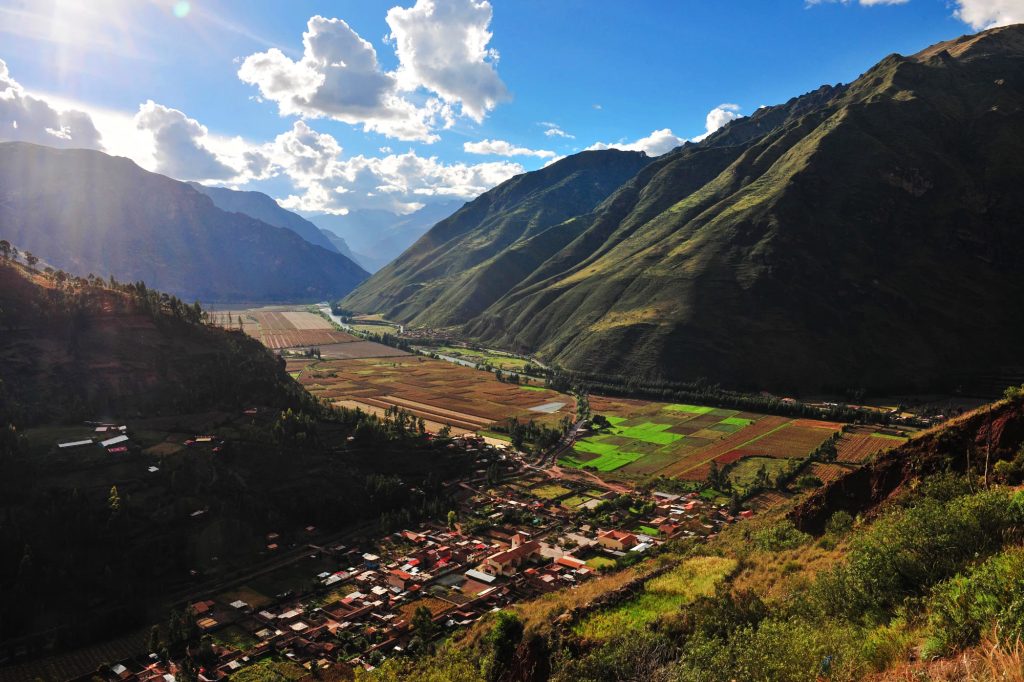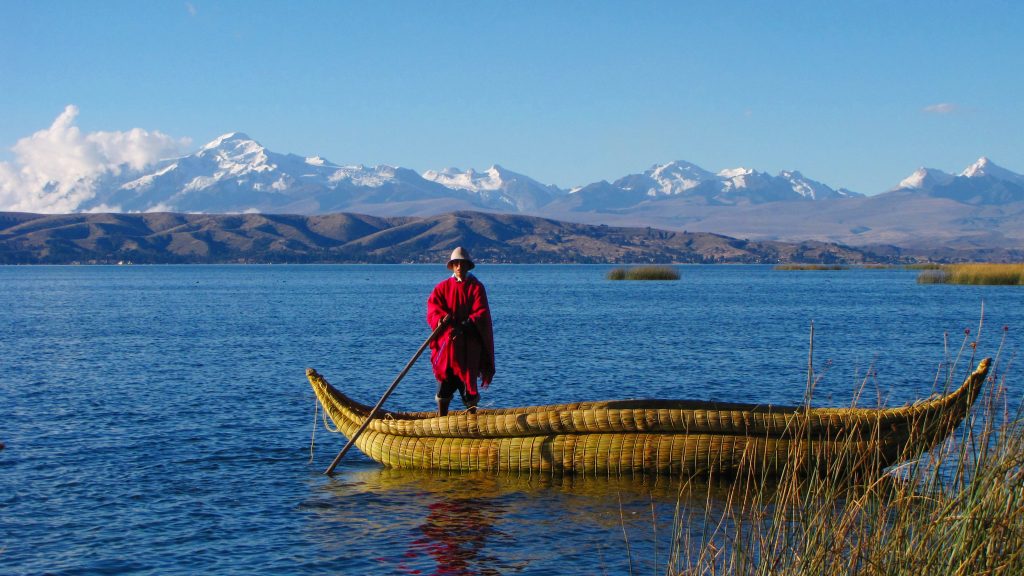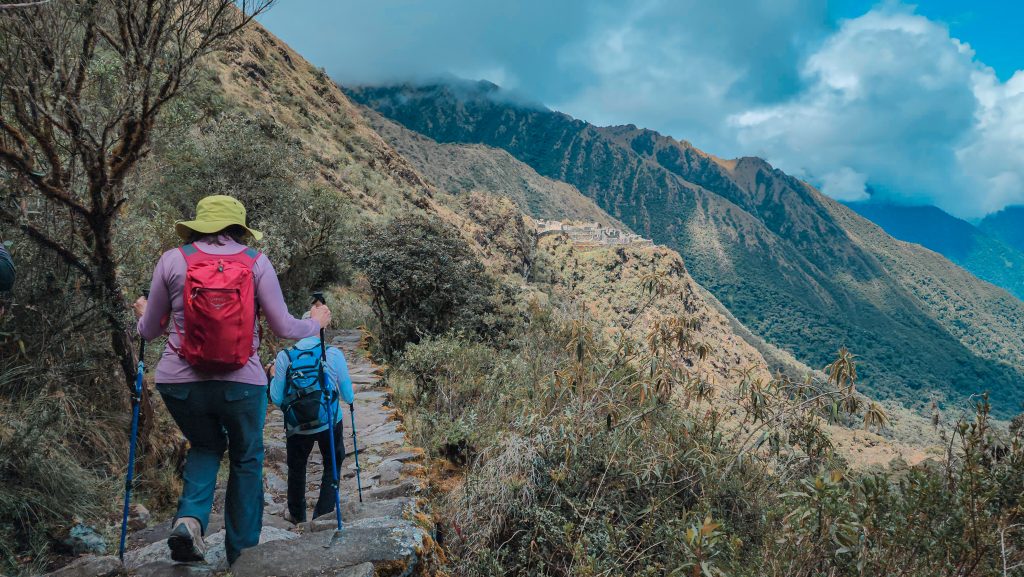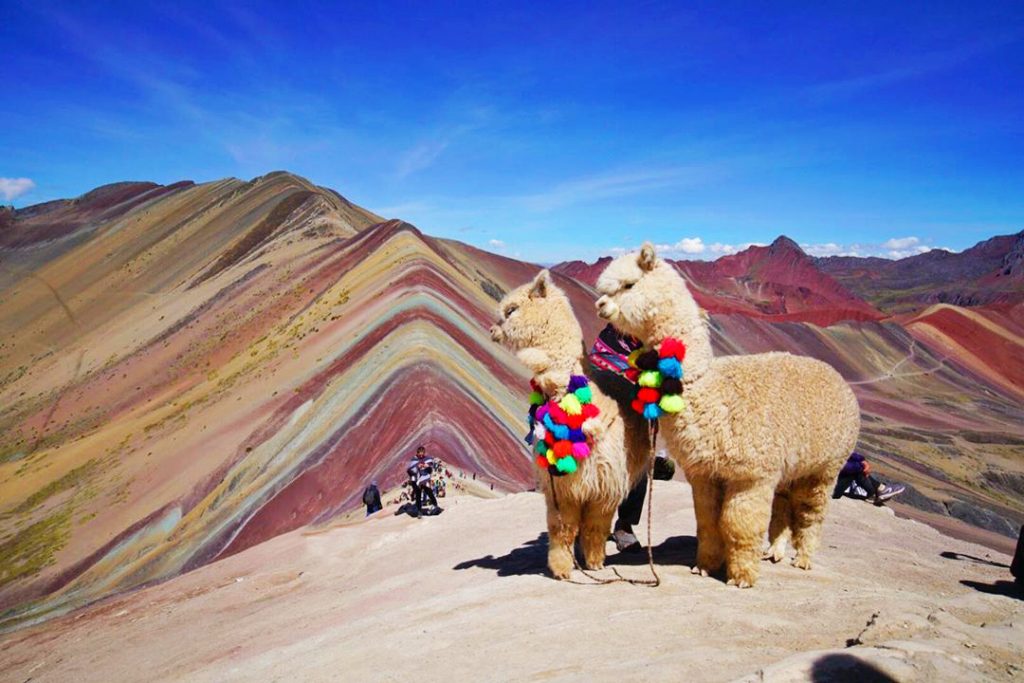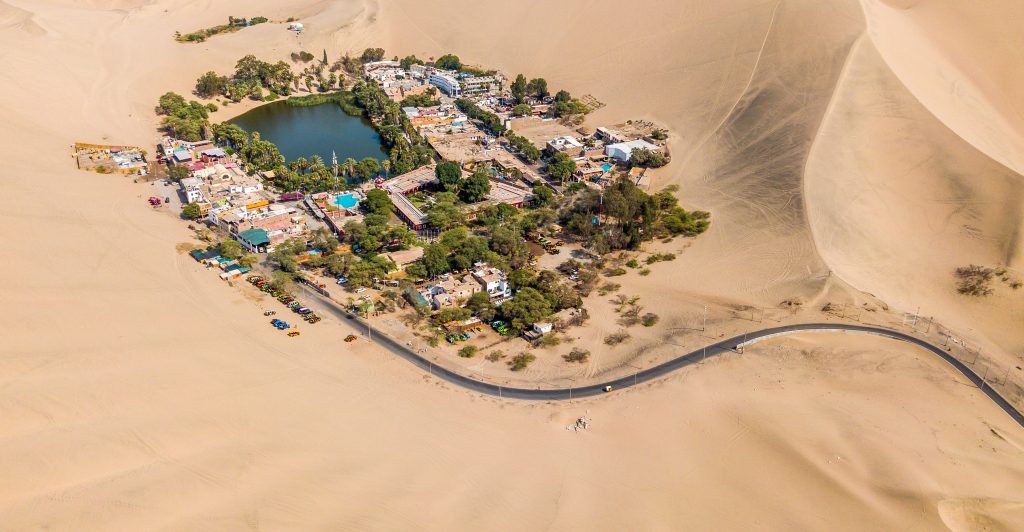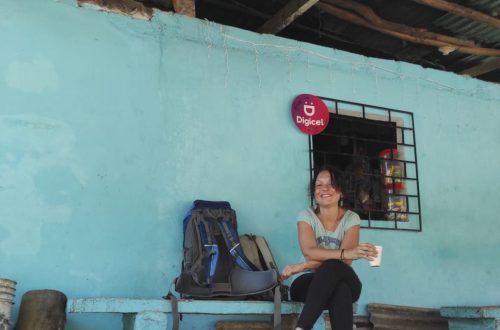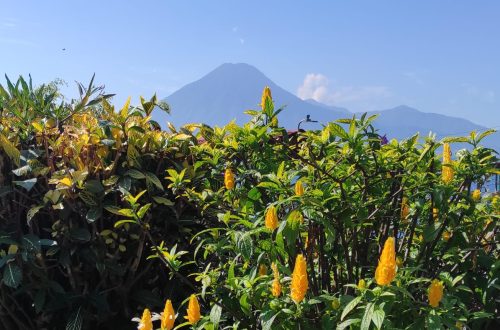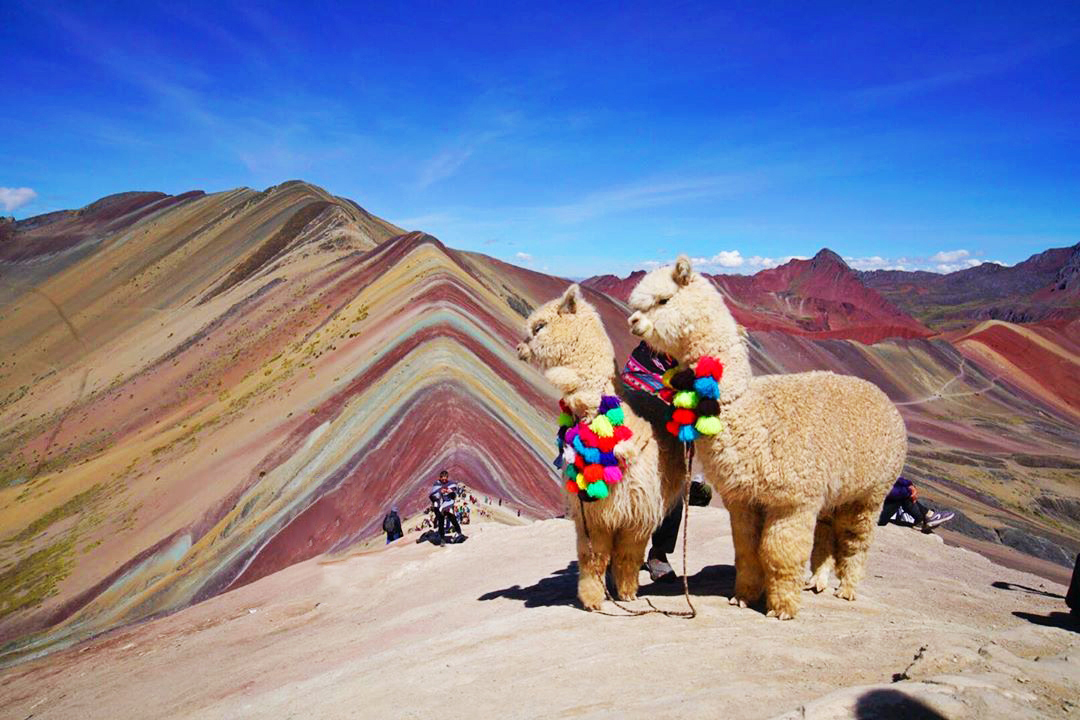
Traveling to Peru? These 7 Destinations Will Awaken Your Soul
Are you on your way to Peru? Hear me out! There are trips you take to rest, others to tick boxes off your bucket list, and then there are those rare ones you go on because something inside you whispers: “Hey… I think we need to talk.”
Peru isn’t just another destination — it’s a territory that embraces you, challenges you, and stays with you long after you leave. These seven spots aren’t just scenic stops. They’re mirrors. Portals that bring you to that deeper part of you. Places that crack you open, just enough to let a little more of you come through.
They are spaces of personal transformation where each landscape has something to teach you about your inner strength, your capacity for adaptation, and that authentic version of yourself that emerges when you step away from the familiar.
Traveling to Peru
Sacred Valley of the Incas, Where Time Has Stood Still
- Altitude: 6,759 ft (Urubamba) to 12,139 ft (Chinchero)
- Recommended duration: 2-3 days
- Investment: $150-250 USD (complete tour with entrance fees, guide, transportation, and lunch)
- Climate: 46°F nights / 72°F days
- Best time: April to October (dry season)
- Difficulty: Low – perfect for acclimatization
What is the Sacred Valley of the Incas?
Between Pisac and Ollantaytambo, following the course of the Urubamba River stretches a 37-mile valley the Incas considered sacred. This is where they developed some of the most advanced agricultural engineering of their empire. Terraces, cosmos-aligned geography, and thousands of potato varieties that are still being cultivated 500 years later. Its geography replicates the Milky Way, which also gives it astronomical significance. For you, it can mean authentic towns, traditional markets, impressive ruins, and the perfect altitude to acclimatize before reaching Machu Picchu.
The Sacred Valley connects you directly with this ancestral agricultural engineering that still functions on the edge of impossible mountains. In Pisac, the market’s been going for 500+ years. That’s not a typo. You’ll meet Quechua-speaking locals selling everything from rainbow corn to things you didn’t know existed.
When traveling to Peru, another town you should visit is Ollantaytambo. If possible, stay the night. Once the tour buses leave, the village exhales. Walking through its cobblestone streets at sunset, listening to the sound of rivers flowing in harmony with the architecture, is like entering a dimension where time works differently.
Lake Titicaca, The Andean Sea That Reflects Andean Mysticism
- Location: Peru-Bolivia border, Puno region
- Altitude: 12,507 ft above sea level
- Access: Lima-Juliaca flight (1.5h) + transfer (1h)
- Extension: 3,200 sq mi
- Recommended stay: 2-3 days
- Temperatures: 59-64°F day / 32-41°F night
What makes Titicaca unique?
It’s the world’s highest navigable lake (12,507 feet) and South America’s second-largest by surface area, shared between Peru and Bolivia. What’s truly special is that it’s a freshwater lake that seems like an inland sea, with more than 25 native fish species, many of them endemic. The Quechua, Aymara, and Uros communities have lived on its shores for millennia.
The women of the Uros islands will show you how their ancestors developed completely functional islands using only totora, a plant that naturally renews itself every three months. You definitely must experience sleeping in floating houses over the lake, learning ancestral techniques, and living in an ecosystem that doesn’t exist anywhere else on the planet.
On the islands of Taquile and Amantaní, you’ll experience authentic hospitality: sleeping in family homes, sharing meals prepared with local products, and participating in the Andean reciprocity system. A deeply transformative experience.
The waters of Titicaca have been considered sacred since pre-Inca civilizations. On the surface of the lake, which reflects everything so clearly, you might just catch a glimpse of something in yourself that’s been waiting for your attention.
Inca Trail to Machu Picchu, Your Personal Test of Endurance
- Location: Cusco region
- Highest point: 13,829 ft above sea level (Warmiwañusqa Pass)
- Total distance: 26 miles
- Duration: 4 days/3 nights
- Level: Moderate to challenging
- Restriction: Only with authorized operator, maximum 500 people per day
What is the Inca Trail?
The Inca Trail might be the first reason why everybody considers traveling to Peru. We are talking about South America’s most famous and exclusive trekking route: only 200 people can do it per day. It’s part of the 18,641 miles of roads that connected the entire Inca Empire in pre-Hispanic times, but this specific 26-mile section was built exclusively to reach Machu Picchu. Moreover, it includes 4 main archaeological sites, crosses 3 different ecosystems, and passes through areas with more than 250 orchid species. This isn’t a hike. It’s a rite of passage.
Traced more than five centuries ago, these paths traverse constantly changing landscapes: high mountains, cloud forests, and hidden archaeological zones. The second day imposes the greatest physical effort: the ascent to Dead Woman’s Pass (Warmiwañusca), at 13,829 feet. The third day offers the most extensive traverse and takes you to places like Wiñay Wayna, where the ruins seem to emerge directly from the cliff. Finally, the fourth day begins before dawn and ends at the Sun Gate, where Machu Picchu appears without announcement, illuminated by the first light.
Machu Picchu, Encounter with the Inca Marvel
- Altitude: 7,972 ft above sea level
- Access: Train from Ollantaytambo (1.5h) + bus (25 min)
- Schedule: Shifts from 6:00 AM to 2:00 PM
- Maximum stay: 4 hours per shift
Why is Machu Picchu unique?
It’s a 15th-century Inca citadel built at 7,972 feet, but archaeologists have discovered it’s much more: an astronomical, agricultural, religious, and residential complex with construction techniques that defy modern engineering. Its more than 200 structures are perfectly aligned with astronomical events, its terraces have a drainage system that still works 500 years later, and its walls resist earthquakes without using cement. UNESCO protects it for both its cultural and natural value.
For a calmer experience, try going early in the morning or early afternoon. The first shift (6:00 AM) or the last (between 1:00 and 2:00 PM) offers a more fluid experience, with changing natural light and less visitor crowding. And if your legs are feeling bold, climb Huayna Picchu or Machu Picchu Mountain. The view flips everything you thought you understood about scale. Traveling to Peru means traveling to the depths of your own soul.
Vinicunca Rainbow Mountain, A Natural Palette of Possibilities
- Maximum altitude: 16,522 ft above sea level (viewpoint)
- Access: 3.5h by vehicle + 2.8 miles hiking
- Total duration: 6-8 hours
- Difficulty: Medium-high due to extreme altitude
- Preparation: Minimum 2 days acclimatization in Cusco
What is Rainbow Mountain?
It’s a geological phenomenon that took 65 million years to form. Each color stripe represents different minerals: red (iron oxide), yellow (iron sulfide), green (chlorite), purple (goethite), and white (sandstone). The mountain’s height is 17,060 feet, and the closest viewpoint is at 16,522 feet in the Vilcanota mountain range.
Even though the 2-3 mile hike may seem manageable, but at over 15,420 feet, each step requires mental determination. The 40% less oxygen turns this experience into a practical lesson about your physical and psychological resistance.
At this altitude, every step is a dialogue with your body. Some people ride horses for the last stretch. Not everyone arrives walking. And that’s okay. The real flex is tuning into your body and adjusting the plan. That’s strength, too.
Humantay Lake, A Turquoise Mirror of High Mountain
Traveling to Peru
- Altitude: 13,779 ft above sea level
- Access: 3h by vehicle to Soraypampa + 1.6 miles ascent
- Duration: Full day, departure 4:00-5:00 AM
- Hiking time: 1-2 hours depending on acclimatization
What makes Humantay Lake special?
It’s a natural glacial lake located at 13,779 feet, at the foot of Humantay peak (17,956 feet) in the Vilcabamba mountain range. Its intense turquoise color comes from ultra-fine glacial sediments that float in the water and reflect light in a specific way. It’s fed directly by glacier melt, which is why its temperature stays between 39-46°F year-round. For local communities, it’s a sacred apu (mountain spirit) that requires respect and offerings. Visitors are dazzled by a turquoise color that seems unreal, a short but intense hike due to altitude, and one of Peru’s most photographed places.
The ascent takes between 1.5 and 2.5 hours, depending on pace and previous acclimatization. You can horse ride on the steepest part, although many female travelers prefer to walk up, taking breaks and being mindful of their water intake. The weather can change in minutes, as anywhere in the Andean mountains. Bringing layers, sunscreen, and poles makes the difference.
Huacachina Oasis, Your Desert Reset
- Altitude: 1,332 ft above sea level
- Location: Ica, south coast
- Distance from Lima: 190 miles (4.5-5h by road)
- Climate: 68-90°F year-round
- Best time: 4:00 PM for spectacular sunsets
What is Huacachina?
Huacachina is South America’s only natural oasis that doubles as a tourist hotspot. It was created when underground waters from the Ica River surfaced, forming a 315-foot-long lagoon surrounded by sand dunes that can reach up to 656 feet high. Yep, fresh water right in the middle of the driest desert on Earth — a pretty wild hydrogeological phenomenon that still exists thanks to the underground currents that keep feeding it.
Only 5 minutes from downtown Ica and sitting at 1,332 feet above sea level, Huacachina is the perfect shift of energy after all that mountain hiking. Think adrenaline-packed buggy rides, sandboarding down massive dunes, and sunsets that feel straight out of a movie.
Not into the thrills? No worries. You can walk up to the natural viewpoint or just chill by the oasis, watching how the light dances on the dunes and changes color every few minutes.
Your Planned Trip
If you are traveling to Peru, keep in mind that it requires intelligent strategy: advance reservations, safe routes, adequate acclimatization, and zero improvisation at extreme altitude. For a hassle-free logistics experience, Waman Adventures offers more than ten years of specialized experience with certified local guides, transparent logistics, and experiences tailored to your pace — not your Instagram. Discover the best tours to Peru with Waman Adventures. Because knowing how to choose who to travel with is also part of taking care of your experience
Travel Like a Pro (and Save Along the Way!)
If this post helped you and you’re planning your own adventure, here are a few tools I always use when I travel. Some are affiliate links: that means you get a discount and I earn a small commission (at no extra cost to you). Everyone wins—and you help me keep creating free content like this:
Reliable travel insurance:
I recommend SafetyWing, especially if you’re into hiking or volunteering.
Want to volunteer while traveling?
Worldpackers is a great platform for exchanging your time for free accommodation. Perfect for solo travelers on a budget.


